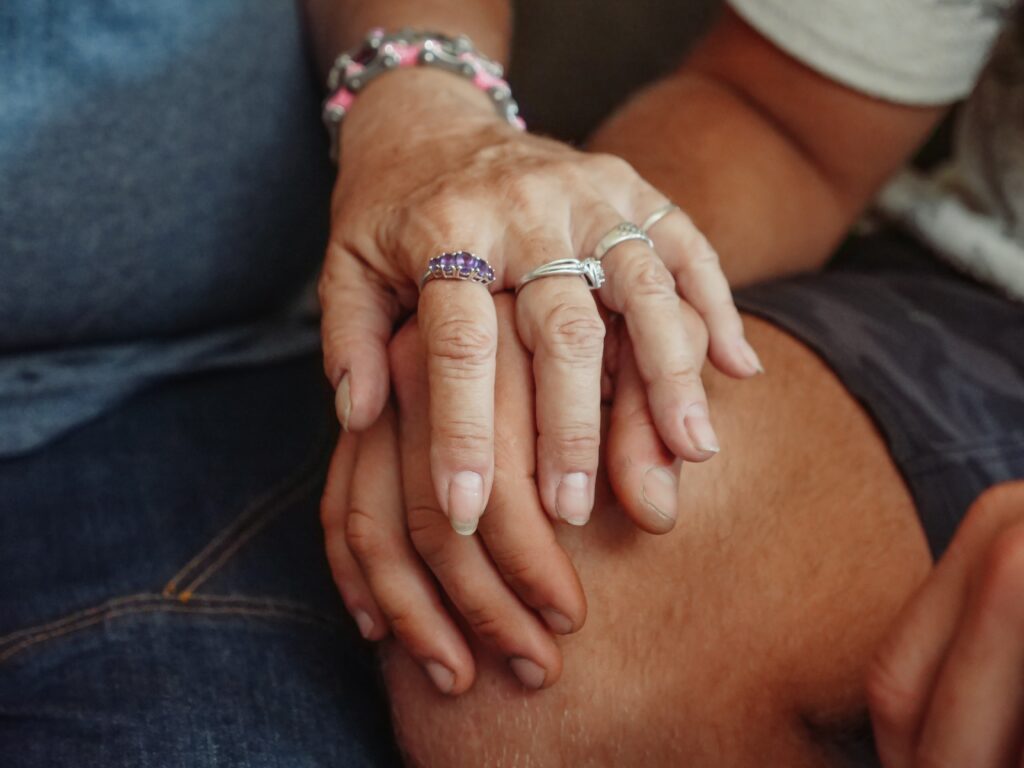Tips for Managing Hip and Knee Pain: Treatment Options, Preventive Measures, and Seeking Medical Attention
Introduction
Hip and knee pain can be challenging to manage, often due to the fact that they are closely interconnected. The hips support the weight of your body as you stand, walk, or run; if something goes wrong with the hip joint it can cause a lot of discomfort in both the hip and nearby areas like your lower back and knees. Similarly, when one or more of the knee’s four ligaments are injured, it can cause instability in the joint and lead to hip pain. Understanding how hip and knee pain connect is essential for finding relief from both types of discomfort.
In this article, we’ll discuss the connection between hip and knee pain, common conditions that contribute to both types of discomfort, diagnosing strategies, and treatment and prevention options. By gaining a better understanding of hip and knee pain, you can take measures to reduce your discomfort and get back to living your life.
The Connection between Hip Pain and Knee Pain
When it comes to the relationship between hip pain and knee pain, it’s important to understand that they can be caused by separate issues or related conditions. For example, a strained or torn hamstring muscle can cause pain in both the knee and hip. Similarly, if there is weakness or instability in the hips due to an injury such as a fracture or dislocation, it may lead to instability of the knee joint and subsequent discomfort. Other conditions like arthritis, tendinitis, and bursitis can also contribute to both hip and knee pain.
Explanation of How Hip Pain Can Lead To Knee Pain
The hips support your body’s weight when you stand, walk, or run; if something goes wrong with the hip joint it can cause a lot of discomfort in both the hip and nearby areas like your lower back and knees. Hip conditions like arthritis, tendinitis, bursitis, and hip fractures can lead to instability in the joint which may result in discomfort or pain in other parts of your body. The muscles around the hips help support the knee joint; when these muscles become weak or strained it can cause instability in the knee joint leading to discomfort and possibly more serious conditions like tendinitis or kneecap dislocation.
Discussion on How Knee Pain Can Lead to Hip Pain
Knees are responsible for bearing a large portion of your body weight, and when something is wrong with the knee joint it can cause pain in other areas as well. Conditions like tendinitis, bursitis, or fractures can make walking difficult and lead to instability in the hip joint. Repetitive strain on the knee joint can also cause muscular imbalances that lead to discomfort in other areas like the hips. Additionally, if the kneecap is out of alignment due to a dislocation it can cause hip pain by forcing an unnatural position of the hip joint.
Common Conditions Causing Both Hip and Knee Pain
Some conditions are known to cause both hip and knee pain. Osteoarthritis, rheumatoid arthritis, bursitis, tendinitis, fractures, dislocations, and muscular imbalances can all lead to discomfort in both the hip and knee joints.
Diagnosing Hip and Knee Pain
If you are experiencing chronic pain or discomfort in your hip or knee, it is important to consult a medical professional. A physical exam will likely be done in order to determine the cause of the pain and to rule out any serious conditions. Additionally, imaging tests like X-rays may be used to identify fractures or other issues that can’t be seen with the naked eye.
Treatment Options for Hip and Knee Pain
The treatment plan for hip and knee pain will depend on the underlying cause. Common treatments include physical therapy, medications like NSAIDs or corticosteroids to reduce inflammation, and in some cases surgery. Additionally, lifestyle changes like exercising regularly, maintaining a healthy weight, wearing proper footwear, avoiding repetitive motions that can cause strain to the joints, and eating a balanced diet can help prevent and reduce hip and knee pain.
Preventative Measures for Hip and Knee Pain
In order to avoid future discomfort, it is important to take certain steps to protect your hips and knees. Regular exercise helps support the muscles of the joints, as does maintaining a healthy weight. Additionally, wearing proper footwear that has been fitted by an expert can help absorb shock and reduce the amount of stress placed on your joints. Taking breaks from activities that involve repetitive movements is also important, as this can prevent overuse injuries. Finally, eating a balanced diet with plenty of fruits, vegetables, lean proteins, and whole grains helps maintain joint health by providing vital nutrients for cartilage growth and maintenance.
By following these steps and seeking medical intervention if necessary, you can reduce your risk of developing disabling hip and knee pain. Taking steps to prevent and treat hip and knee pain now will help ensure that these important joints remain healthy in the future.
When to Seek Medical Attention
If your hip and knee pain persists despite making lifestyle changes or is accompanied by other symptoms such as swelling, redness, or fever, it may be time to seek medical attention from a qualified healthcare professional. A doctor can determine the underlying cause of the discomfort and recommend appropriate treatment options. In some cases, surgery may be necessary to repair damage to the joint.
Conclusion
Hip and knee pain can be debilitating, but taking steps to prevent it is key. Eating a balanced diet, exercising regularly, wearing proper footwear, and taking breaks from repetitive activities are all important elements of prevention. If the pain persists despite making lifestyle changes or is accompanied by other symptoms, seeking medical attention is necessary. With early interventions, hip and knee health can be maintained and even improved.

